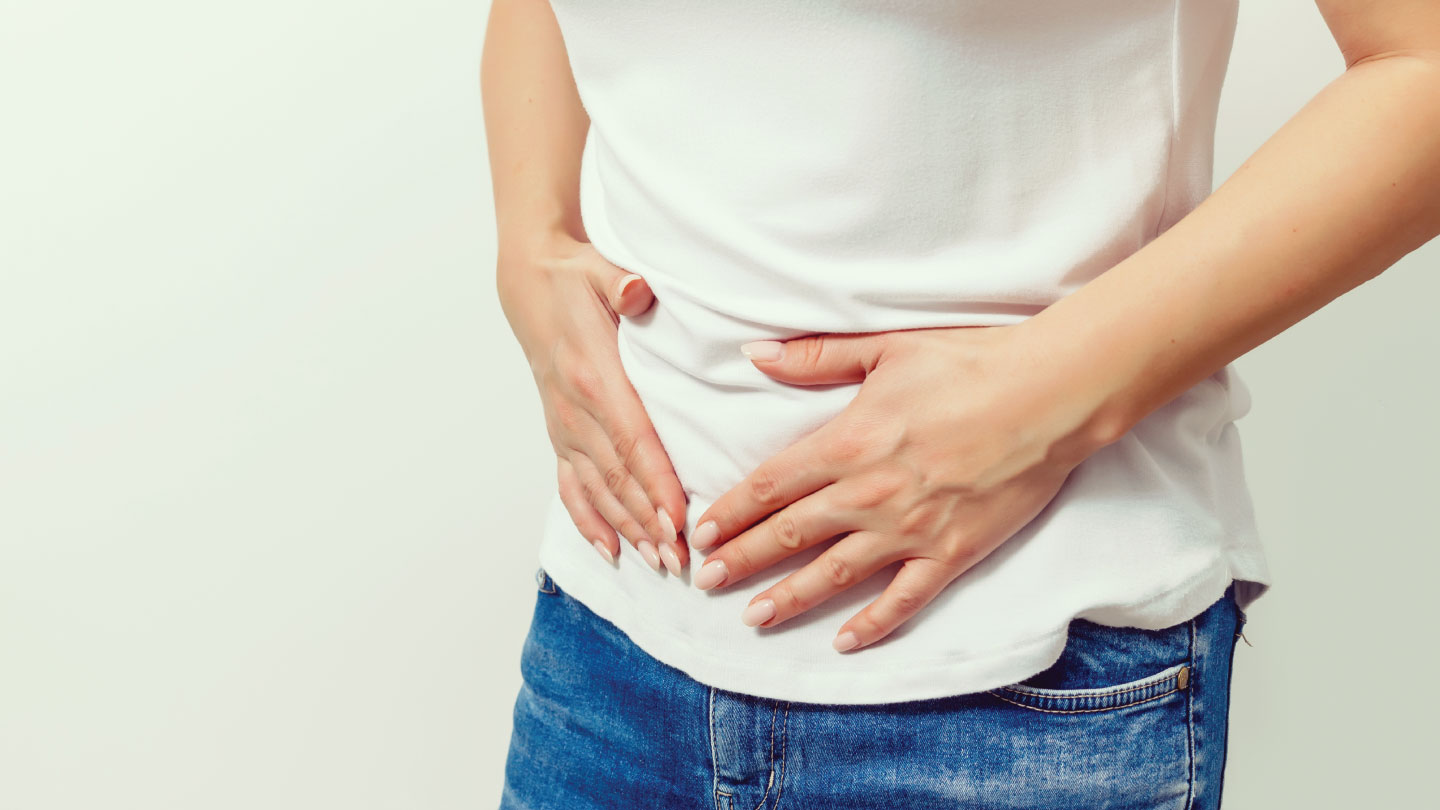Miscellaneous
7 Ways to Reduce Your Exposure to Air Pollution
You might not be able to escape the pollution, but there are ways to safeguard your health against it. Here’s how you can reduce your exposure to air pollution.
.jpg)
You can’t see it, but you feel it, the heaviness in the air after a traffic-filled morning or a hazy evening walk. Air pollution isn’t just a distant environmental issue anymore; it’s something our lungs are forced to deal with every single day.
According to The Lancet Planetary Health (2018), air pollution causes over 1.6 million premature deaths in India each year. That number alone should make anyone pause. But before you imagine having to move to the mountains, know this: many of the small, everyday choices you make can dramatically reduce how much polluted air you breathe in.
Related story: The Impact of Pollution on Your Body
1. Rethink the timing of your outdoor routine
Most people step out for a jog or walk early in the morning, thinking the air is cleaner. Ironically, that’s when pollution can be worst. During the night, cooler air traps pollutants closer to the ground, and the first few hours after sunrise are when they’re most concentrated. If you want cleaner air, step out mid-morning or early evening instead. The sun helps disperse pollutants, and your lungs get a much-needed break.
Also, make checking the Air Quality Index (AQI) as routine as checking the weather. Apps like SAFAR, IQAir, or Plume Labs provide real-time readings, allowing you to plan your day more effectively. On days when the AQI exceeds 200, consider swapping your outdoor walk for indoor activities like movement, stretching, yoga, or dancing.
Related story: Breathe Better This Pollution Season: 5 Habits That Actually Help Your Lungs Cope
2. Pick smarter routes
Even within the same neighbourhood, pollution levels can differ significantly. Walking one block away from a busy road can lower your exposure by 20–30 per cent, according to a 2024 study in Urban Science. That’s because most of the harmful particles, like nitrogen dioxide and carbon soot, linger closer to exhaust sources.
Whenever possible, choose routes with more greenery or fewer vehicles. If you drive, keep your windows closed during traffic jams and switch to the recirculate air setting. Avoid idling near construction zones or diesel trucks; even a few minutes of exposure adds up over time.
3. Clean up your indoor air
We often assume that home equals clean air, but indoor spaces can trap pollution just as effectively as the streets. From cooking fumes to dust mites, the air inside your home can be a hidden irritant. Here’s what helps:
- Keep windows closed on high-pollution days, especially during morning and evening rush hours.
- Use an exhaust fan while cooking, and avoid burning incense or candles when air quality is poor.
- Use a vacuum instead of sweeping to prevent dust from being stirred back into the air.
- If you use an air conditioner, clean or replace the filters regularly to maintain optimal performance.
Even a few low-maintenance habits, such as running a purifier in your bedroom or airing out the house during the afternoons, can make a visible difference in how the air feels.
Related story: Plant Parenthood—Why You Need Indoor Plants In Your Home
4. Wear protection when you need it
Masks are no longer just about avoiding infections; they’re also a useful shield against particulate pollution. A well-fitted N95 or KN95 mask can filter out up to 95 per cent of fine particles, which are small enough to enter the bloodstream.
A review in the Annual Review of Public Health (2021) found that respirators and well-fitted masks can substantially lower inhaled PM2.5 exposure among urban commuters. What helps:
- Use certified N95 or FFP2 masks rather than cloth masks.
- Ensure the mask fits snugly without gaps.
- If you commute daily in heavy traffic, replace your mask regularly; filters lose efficiency over time.
Think of it as sunscreen for your lungs: protection you can control.
Related story: 6 Strategies for Taking Care of Your Lungs
5. Improve your commute choices
Transportation is one of the biggest sources of air pollution exposure. Sitting in bumper-to-bumper traffic means breathing exhaust for long stretches, something that even car cabins can’t fully filter out. What helps:
- Use metro or train travel whenever possible; they have lower exposure levels.
- Carpool or share rides to reduce overall traffic emissions.
- Avoid idling; switch off your engine at red lights when practical.
Cleaner commutes mean cleaner lungs.
6. Mind your home environment
Indoor pollution sources, such as incense, mosquito coils, and certain types of paint, can worsen the air you breathe daily. The World Health Organisation (WHO) notes that household air pollution is a leading cause of respiratory disease worldwide. What helps:
- Use electric alternatives, such as incense or candles, when possible.
- Store cleaning products and paints in well-ventilated spaces.
- Add air-purifying plants like snake plants or peace lilies; they help, though modestly.
- Keep humidity levels in check to prevent mould.
Small environmental upgrades make your home feel lighter, fresher, and safer.
Related story: Guide to Managing Asthma Amid Extreme Air Pollution
7. Monitor and respond in real time
Awareness is your best defence. Apps and local monitoring stations give near-real-time AQI readings, helping you decide whether to step out or stay in. What helps:
- Check the AQI every morning, just as you would check the weather.
- Avoid outdoor workouts and keep windows closed during hazardous air quality index (AQI) levels (AQI > 300).
- On moderate days, get your vitamin D safely outdoors, rather than during smog peaks.
Related story: When the Air Turns Grey: Should You Still Go for That Morning Walk?
You can’t stop pollution overnight, but you can choose how much of it your lungs are exposed to each day. Every small shift, such as timing your walks, using an air purifier, and choosing the right route, adds up. Long-term exposure to PM2.5 and nitrogen oxides is associated with an increased risk of cardiovascular and respiratory diseases, as reported in The European Heart Journal (2021) and Environmental Health Perspectives (2022). But when exposure drops, so do those risks.
Strong lungs start with small steps. Join a virtual fitness class today and breathe your way to better health.
EXPLORE MORE
Your pre-wedding radiance is built on daily choices. What you eat, how you rest, and the way you care for yourself. Here’s your glow-from-within list.
Want to support people with disabilities without overthinking every move? Here’s a guide that breaks allyship into simple, human, everyday actions.
You’re doing the obvious stuff right, but still feeling blocked, bloated, or sluggish? These overlooked habits and biological switches could be silently slowing your gut.
Shoes on or off? What seems like a small choice is actually a global habit with health, hygiene, and cultural twists.






.jpg)
